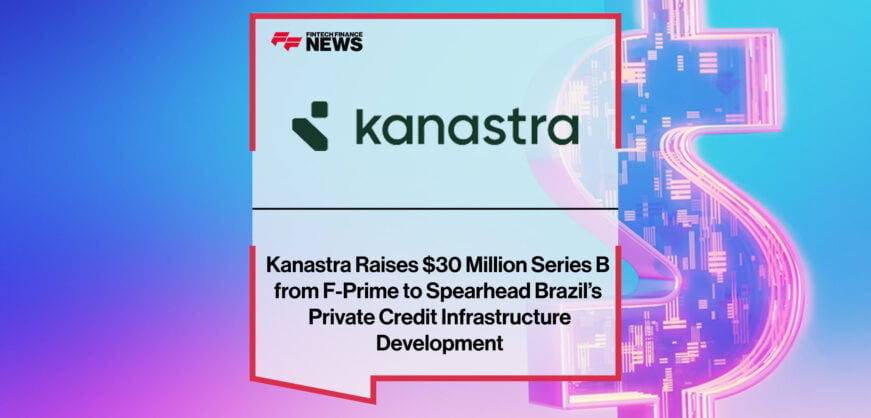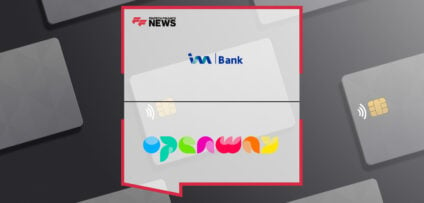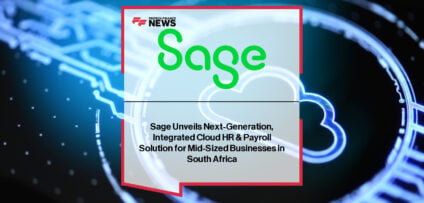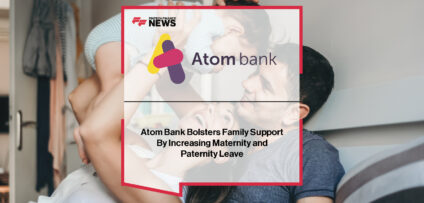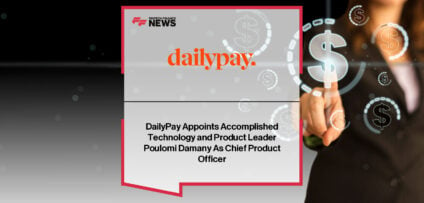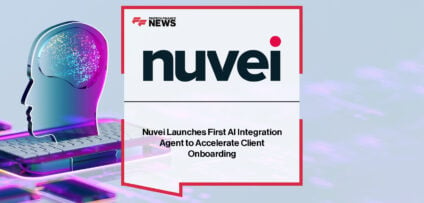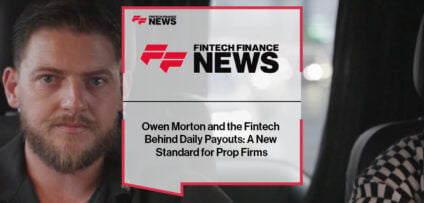Breaking News

How eCash can bridge the financial inclusion gap for government payments
– Jan Marc Kuelper, SVP, Enterprise Sales, North America
In recent years, and in particular since the COVID-19 outbreak, we have seen a rapid digitalisation of consumers and businesses, and it looks like this trend is only set to continue.
There are reasons why digitalisation needs to be addressed in the right way. Clearly one of the most significant of these is financial exclusion; as the world digitalises there is a risk that not everyone will be able to maintain access to services, even in the most advanced counties, including the U.S. where as many as 10% of adults do not have a bank account. The socio-economic gap between the richest and poorest in society is still growing, and this will only increase as the journey towards a digital economy continues.
This can present a challenge for government initiatives which require digital registrations or payments. In addition to not being able to participate in growing areas of society, unbanked and underbanked citizens are more challenged to make and receive government payments. We have seen this present an issue already during the pandemic; unbanked U.S. citizens had to wait longer to receive their government issued stimulus cheque (if they were eligible to receive them at all), meaning that some of the most vulnerable members of society were pushed further to the margins and into more precarious situations due to not having a bank account.
But, of course, it is in receiving payments that governments are more likely to be interacting with citizens. This obviously includes paying taxes but also other payments such as fines, utilities, penalties, permits, and other business costs for those that are self-employed. If the unbanked and those that rely on cash payments are left out from making these payments as government services digitise then the consequences will be dramatic.
How eCash solutions can bridge the gap
So what can be done about this? The long-term strategy may be to encourage financial inclusion through initiatives such as lower fees for banking services, and supporting all citizens to have as many options available to them as possible through access to all payment methods. But short term it must be to let cash consumers have the same facilities open to them as all other citizens by enabling safe and convenient cash payments in their online checkouts.
eCash solutions bridge the gap between those that rely on or prefer cash payments and the digital world. The consumer begins the transaction online through the online checkout experience but then completes the transaction in cash at a local convenient payment location. This means that cash-only customers remain on an equal footing to those paying via a bank account supported payment method.
Consumer payment preferences extend beyond financial inclusion
It isn’t only unbanked consumers that are driving a diversification in online payment method preferences. According to research we commissioned in 2021, 86% of consumers have changed their online payments behaviour during the pandemic and 59% tried at least one new online payment method for the first time since the beginning of 2020.
There are a number of reasons consumers are shifting away from credit and debit cards, including being unbanked but also because they do not feel comfortable sharing their financial details online.
Businesses have noticed this change in consumer demand and are acting accordingly. Two thirds (65%) of 900 online businesses we surveyed in September 2021 said that COVID-19 has changed consumer payment preferences and 61% accelerated their plans to upgrade their checkout experience because of this.
Government payments have mirrored this shift to some extent. For example, you can make some U.S. government payments such as fines and penalties using alternative payment methods such as digital wallets. But the scope of alternative payment methods could and should be much wider.
In the U.S. 54% of online businesses said that they either already enable customers to pay online via eCash or planned to enable this in their digital checkout within the next 12 months, and 59% of businesses that offer this solution said that the percentage of sales taking place in their online checkout via eCash has increased. Governments must consider following suit.
What happens next?
Looking ahead, we expect to see the shift towards digital services continue to gather momentum. But there is a real threat that this creates a two-tiered society whereby a significant percentage of vulnerable people are left behind and unable to access the goods and services of tomorrow.
Governments should be concerned, and must lead by example. Facilitating access to digital services for cash consumers and particularly financially excluded consumers is critical to achieving a digital-first, ethically sustainable society.
People In This Post
Companies In This Post
- Kanastra Raises $30 Million Series B from F-Prime to Spearhead Brazil’s Private Credit Infrastructure Development Read more
- I&M Bank Launches Tanzania’s First Mastercard World Elite Debit and Multi-Currency Prepaid Cards on OpenWay’s Way4 Platform Read more
- Sage Unveils Next-Generation, Integrated Cloud HR & Payroll Solution for Mid-Sized Businesses in South Africa Read more
- Atom Bank Bolsters Family Support By Increasing Maternity and Paternity Leave Read more
- EXCLUSIVE: “To Boldly Go…” – Toine van Beusekom, Icon Solutions in ‘Discover Sibos 2025 Read more






